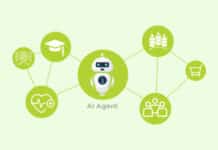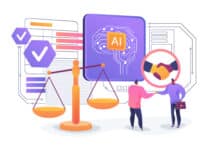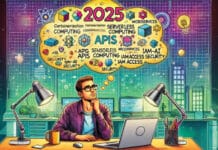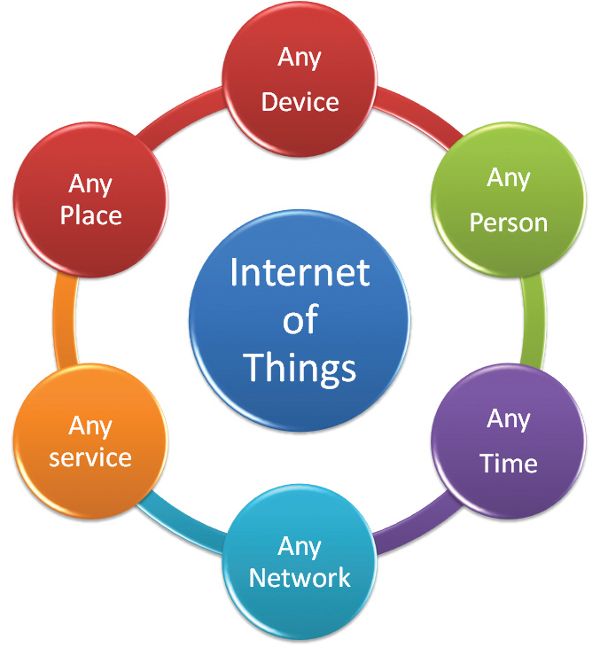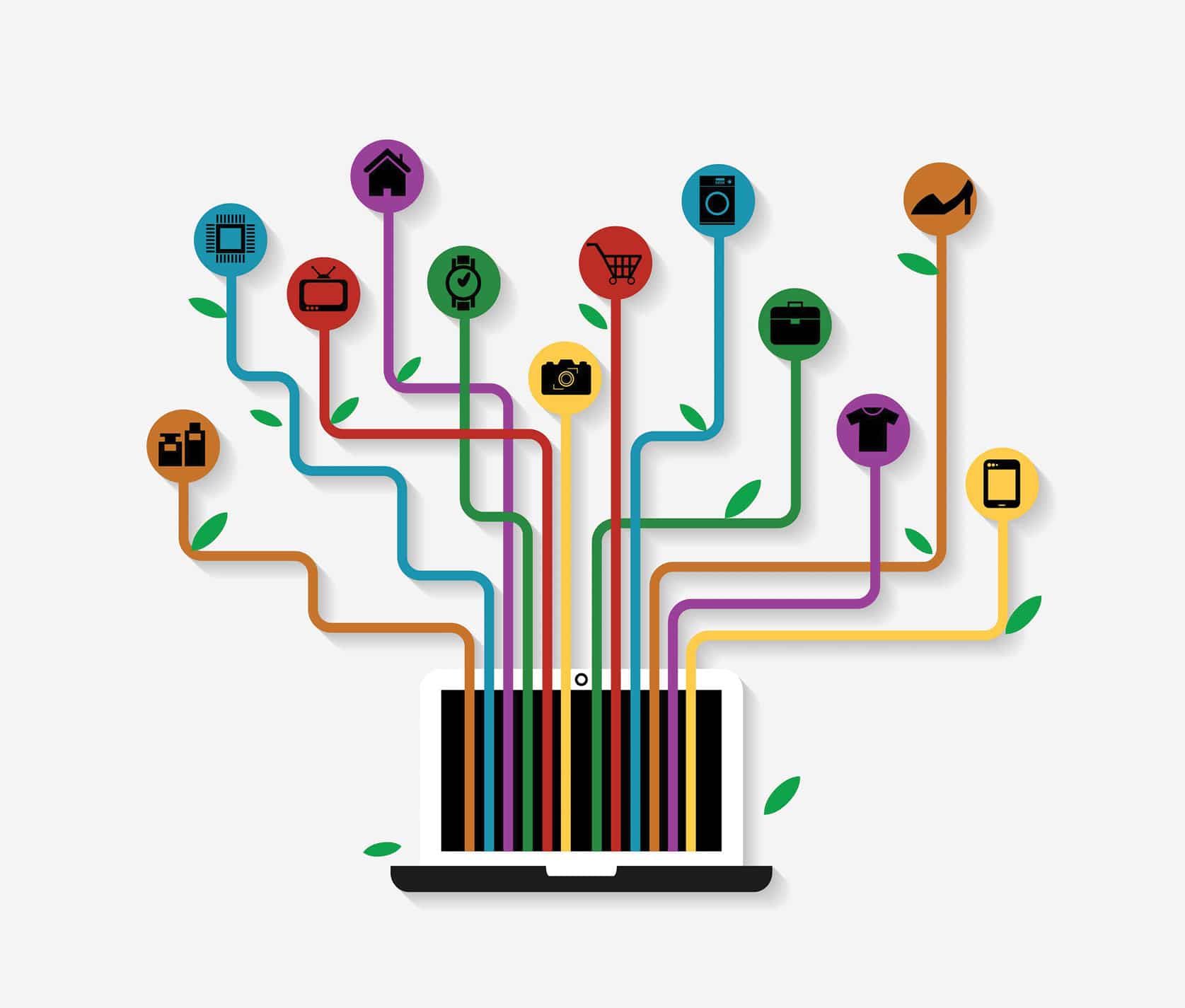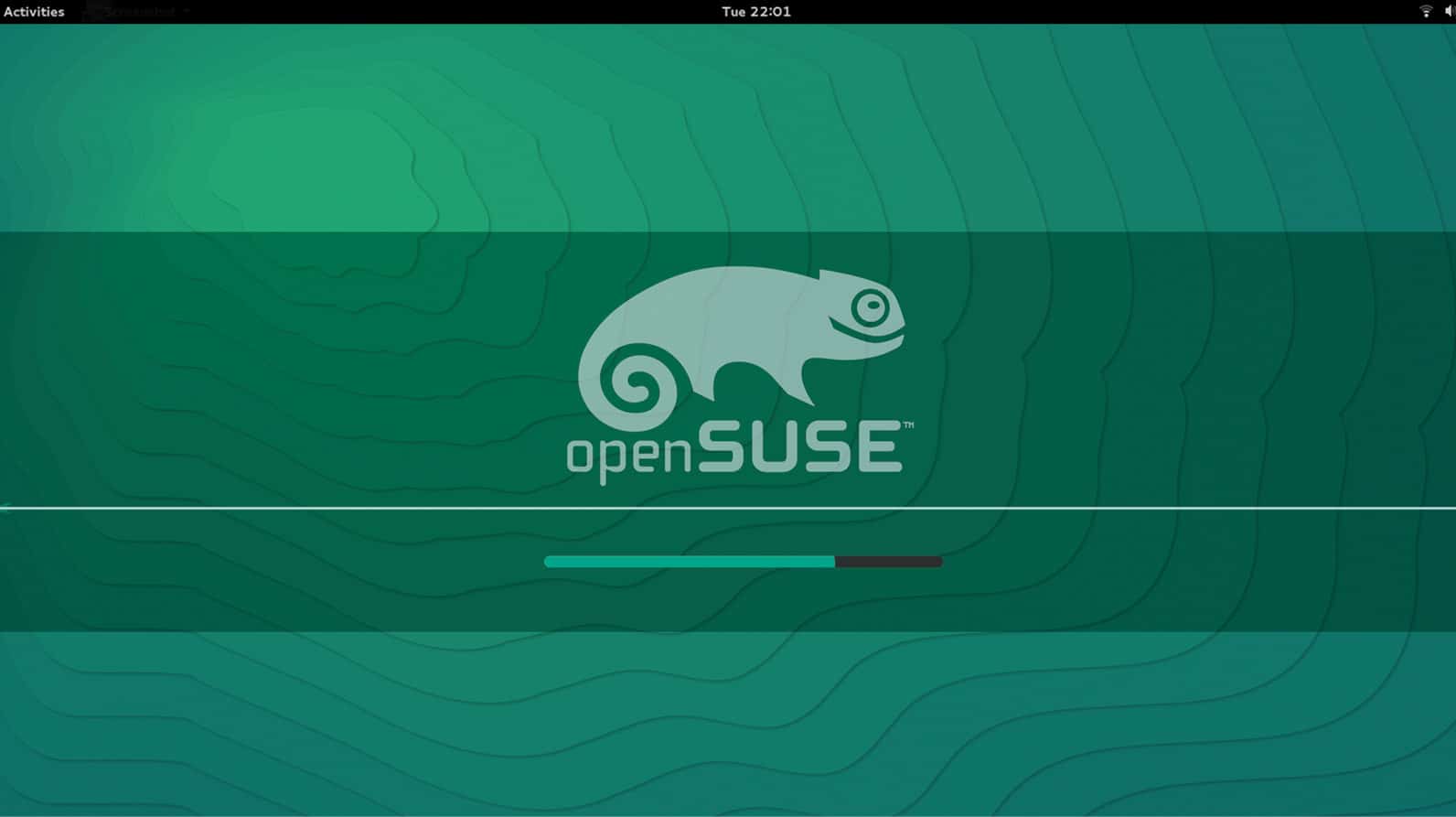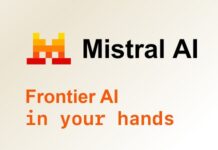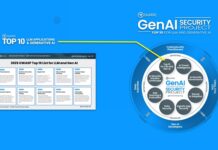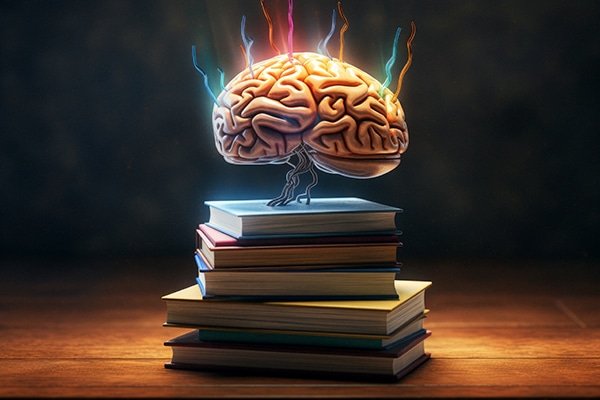Classical teaching methods are poised to go through a total transformation with the advent of artificial intelligence. AI-based tools are already helping teachers, students and researchers to create accurate content and enhance their knowledge.
Artificial intelligence-based applications are being used these days by most professionals for writing content, editing, data analytics, and other routine office practices. The academic world is also making use of AI-based software applications for getting accurate content rather than using classical search engines.
The global market for AI-based robotics applications is increasing at an exponential speed. Many chatbots are today available for multiple professional applications including data engineering, content evaluation, speech recognition, text analysis, and so on.
In academics, multiple types of content are required on a regular basis and these can be generated using AI. Earlier, such content was generated manually by teachers and faculty members. With the advent of AI-based applications, routine tasks can be effectively automated. In addition, teaching content is generated by AI in a professional way and hence can be accepted at different levels of accreditations.
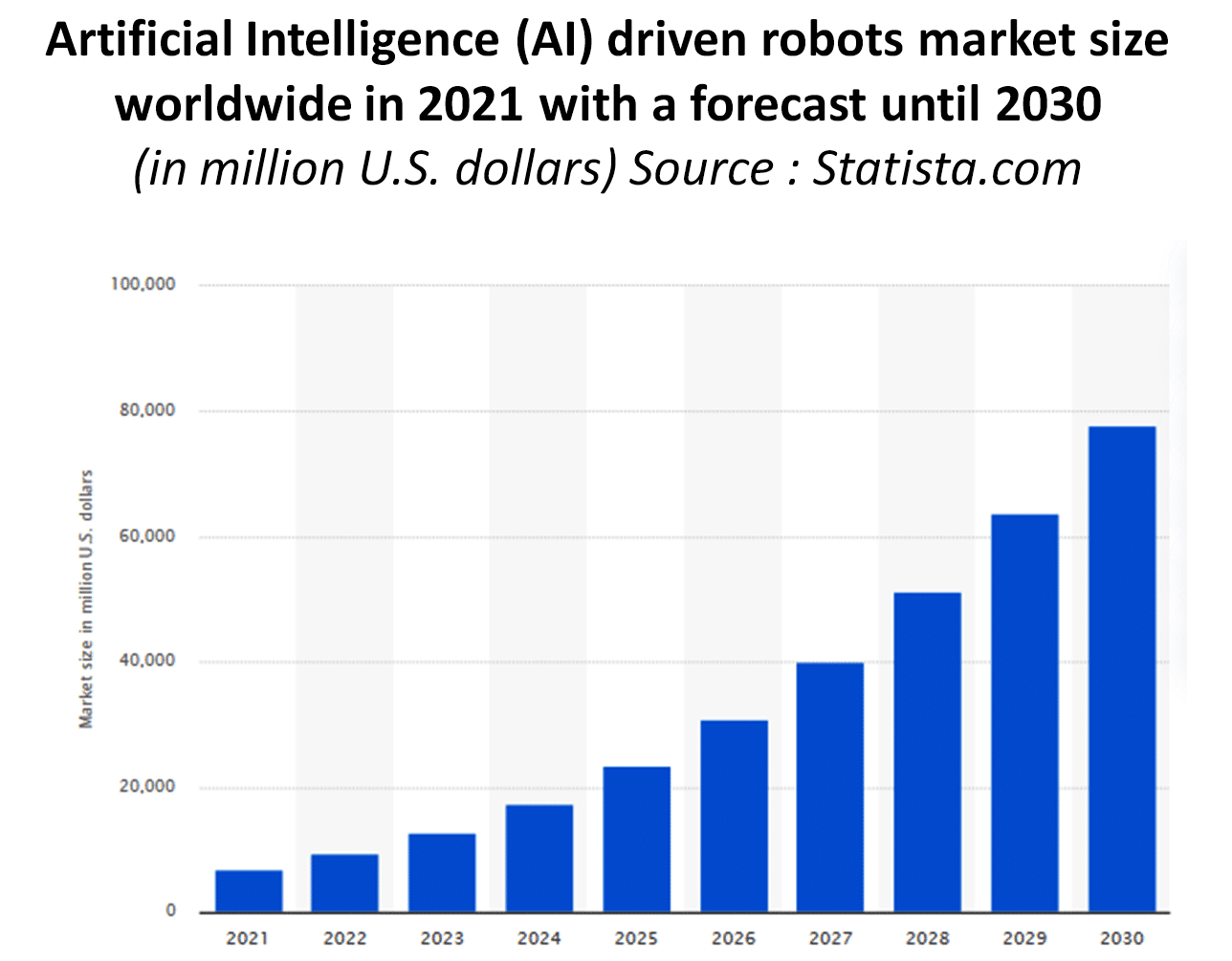
AI can be used in many ways for teaching and learning. These include:
- Automated research summaries
- Citation and reference management
- Essay and report writing assistance
- Language and grammar enhancement
- Plagiarism detection
- Speech-to-text transcription
- Data analysis and visualisation
- Personalised learning material
- AI-generated quiz and exam questions
- Knowledge graphs and concept mapping
- Adaptive learning platforms
- AI-powered translation
- Automated peer review and feedback
- Content recommendation
- Code generation for research
AI can also help generate lecture notes, transcriptions of lectures, question banks with multiple types of questions, workshop manuals, and so on. AI based chatbots can add to classical teaching practices and can be used by research scholars for literature reviews, finding problem statements from research papers, extraction of future work, and so on.
Several LMS (learning management system) platforms and portals are available for online teaching and academic practices (Table 1). These come with a range of features including online attendance, student evaluation, question papers, data reports, video conferencing, and related activities.
Table 1: Prominent learning management system (LMS) platforms
| LMS platform | URL |
| Moodle | https://moodle.org |
| Open edX | https://open.edx.org |
| Forma LMS | https://www.formalms.org |
| Chamilo | https://chamilo.org |
| Canvas LMS | https://www.instructure.com/canvas |
| Sakai | https://www.sakailms.org |
| ILIAS | https://www.ilias.de |
| ATutor | https://atutor.github.io |
However, there is now a need for AI-based platforms for analytics of content in academics. Using these, teachers as well as students will be able to evaluate and generate high quality content for academic applications.
AI-based platforms for teaching, academics and research
A number of AI-based platforms can be used to create content for teaching and research activities. (The platforms discussed here may or may not be open source.) A few of these are described here with the respective use cases.
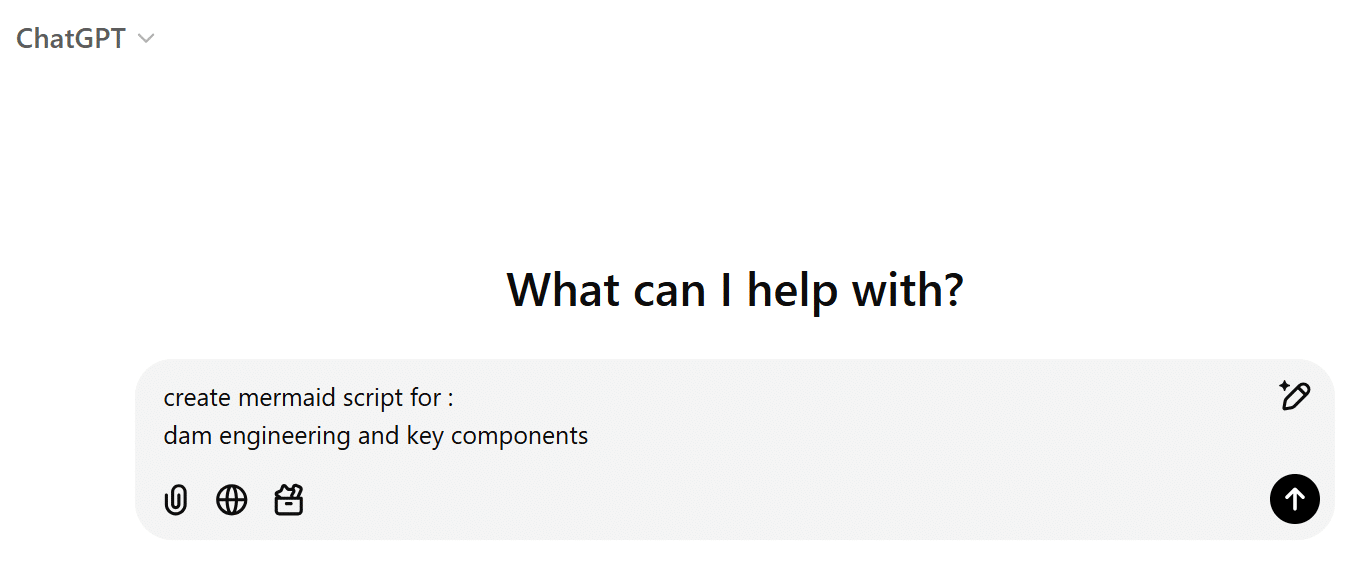
ChatGPT
URL: chat.openai.com
ChatGPT is a popular AI-based platform for getting answers on different subjects. In general, the content from ChatGPT is extracted in text format but there are numerous options to create sketches, diagrams, flowcharts and other types of multimedia content.
To create sketches and flow diagrams, we can generate a Mermaid script from ChatGPT.
For instance, to create a diagram related to dam engineering, we can ask ChatGPT to generate a Mermaid script for the same. ChatGPT provides the following script, which we can paste in the online platform mermaid.live for compilation to get the unique diagram.
graph TD A[Dam Engineering] --> B[Dam Body] A --> C[Spillway] A --> D[Powerhouse] A --> E[Intake Structure] A --> F[Reservoir] A --> G[Outlet Works] A --> H[Embankment] B --> B1[Concrete Dam] B --> B2[Embankment Dam] C --> C1[Overflow Spillway] C --> C2[Controlled Spillway] D --> D1[Generators] D --> D2[Turbines] E --> E1[Penstock] F --> F1[Water Storage] G --> G1[Release Gates] G --> G2[Emergency Outlet] H --> H1[Earth Dam] H --> H2[Rockfill Dam]
Another diagram related to the architecture design process of a house can be generated using the following script generated by ChatGPT:
graph TD A[Architecture Design Process] --> B[Client Brief & Requirements] A --> C[Site Analysis] A --> D[Concept Design] A --> E[Schematic Design] A --> F[Design Development] A --> G[Construction Documentation] A --> H[Permits & Approvals] A --> I[Construction] B --> B1[Budget & Timeline] B --> B2[Function & Needs] C --> C1[Site Survey] C --> C2[Zoning & Regulations] C --> C3[Environmental Factors] D --> D1[Preliminary Floor Plan] D --> D2[Initial Sketches] D --> D3[Design Ideas] E --> E1[Detailed Floor Plan] E --> E2[3D Models & Renders] E --> E3[Material Selections] F --> F1[Structural Engineering] F --> F2[MEP Design] F --> F3[Interior Layout] G --> G1[Technical Drawings] G --> G2[Construction Specs] G --> G3[Cost Estimation] H --> H1[Building Permits] H --> H2[Local Authorities Approval] I --> I1[Construction Supervision] I --> I2[Quality Checks] I --> I3[Project Completion]
This method can be used to create any number of diagrams for different domains.

ChatPDF
URL: ChatPDF.com
ChatPDF is an AI chatbot using which we can extract deep content from a PDF document. For example, if a teacher wants to generate a question paper from the chapter of a book, this chapter can be uploaded in pdf format on ChatPDF. A prompt is then written to generate the relevant type of content like question paper, key findings, or any other.
A research scholar can upload a research paper in pdf format to ChatPDF and can ask it to generate a problem statement, future work, main findings or any other type of content related to that paper.
An AI chatbot like ChatPDF makes it very easy to write literature reviews, analyse papers and carry out many other similar tasks for research analytics.
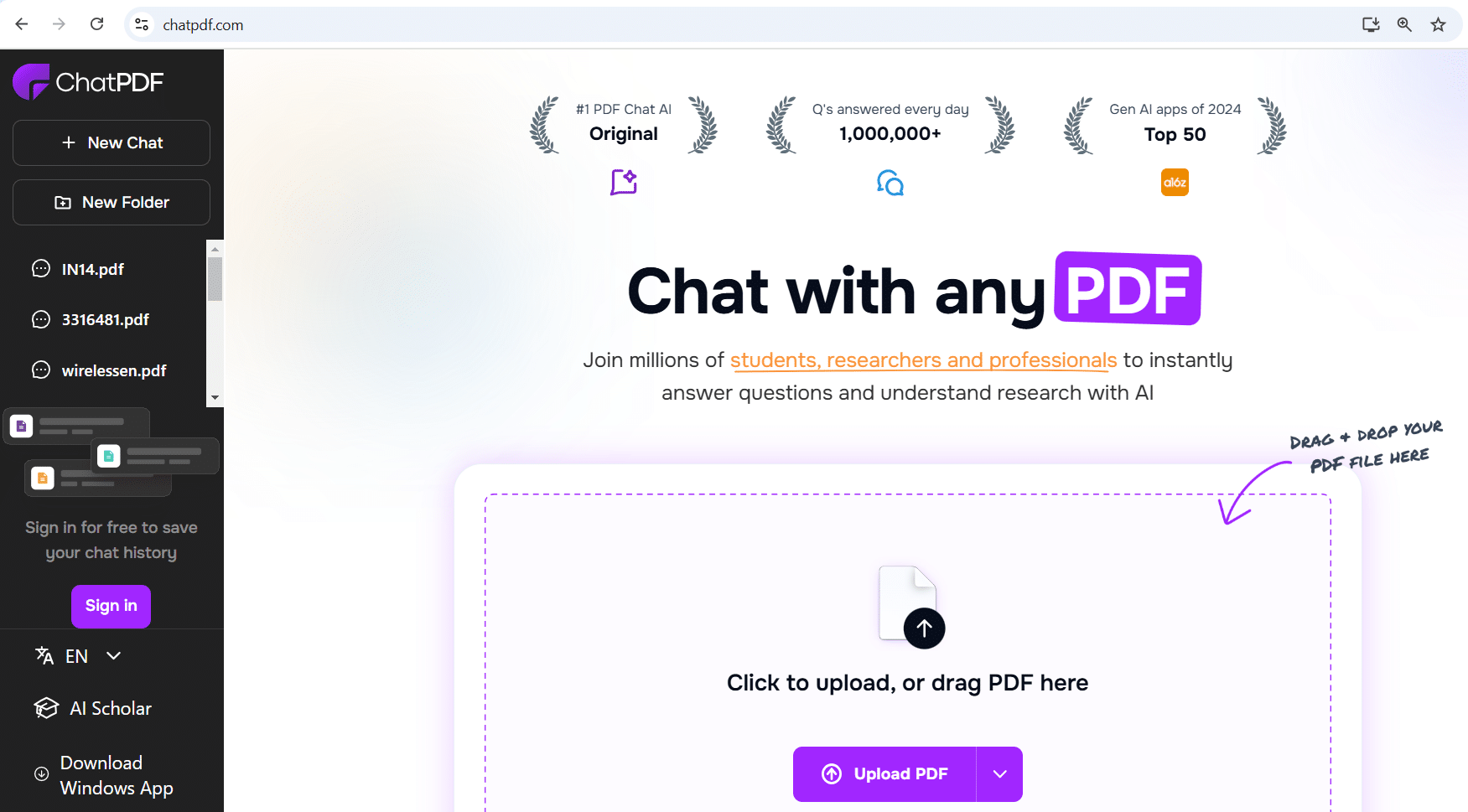
Perplexity
URL: perplexity.ai
Perplexity is another AI chatbot that can be used to generate content for academics and research, and is similar to ChatPDF. Using perplexity.ai, the content from uploaded documents can be extracted by asking questions.
Perplexity helps teachers in planning lessons, quiz and assignment creation, content summarisation, grading assistance, student support, professional development, customised teaching materials, interactive learning, plagiarism detection and language support.
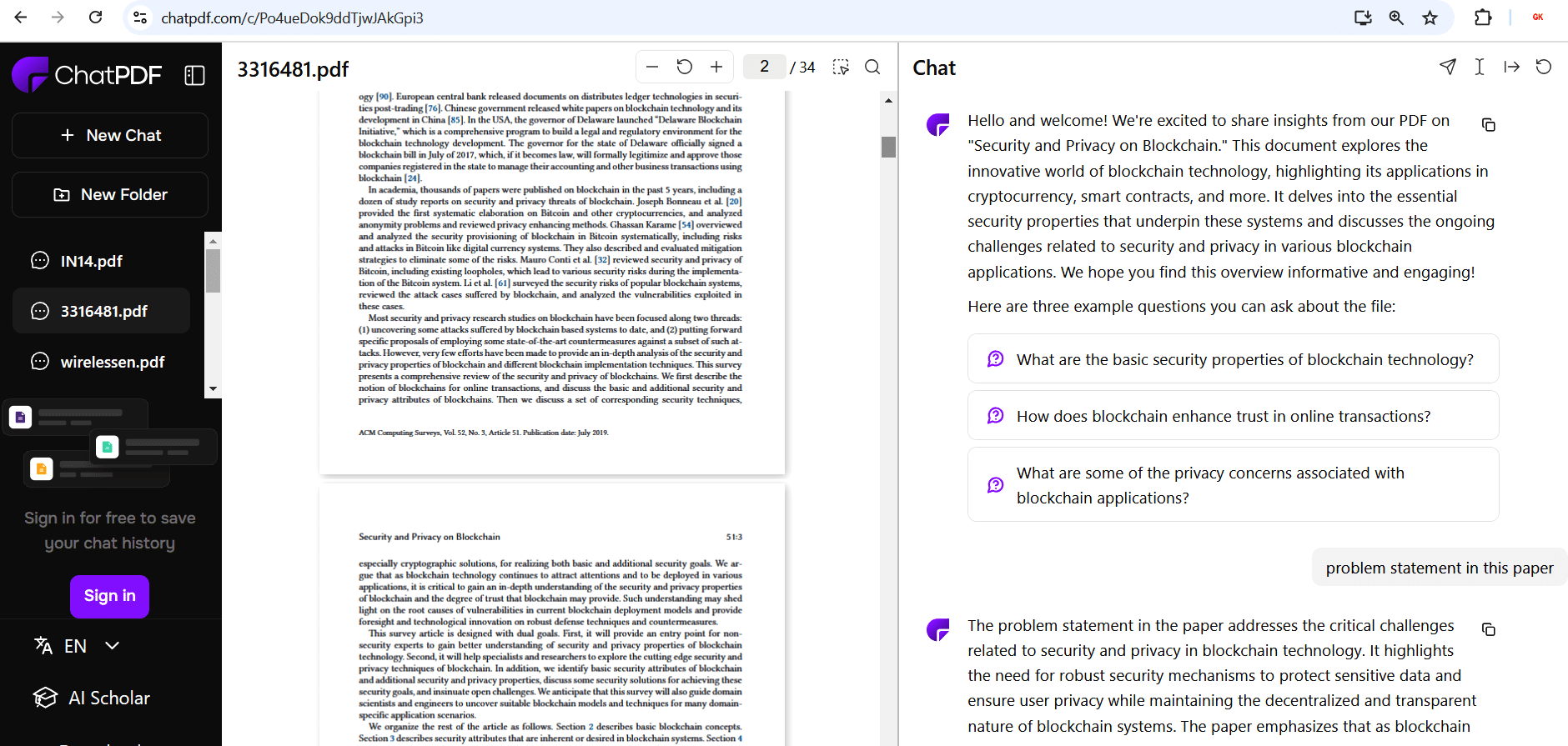
It helps researchers with literature reviews, generation of citations, writing grant proposals, hypothesis generation, trend analysis, data analysis support, technical writing assistance, code assistance, and multidisciplinary insights.

Perplexity has an in-built feature using which the relevant research questions are automatically identified from the uploaded documents. In this way, it becomes easy to check which specific queries are associated with a document. In parallel to querying a document, the questions can also be asked in a direct way so that the answers can be fetched accurately from its own model along with the source of the content.
By using AI based software applications, teachers as well as researchers can search the content from uploaded documents so that academic and research tasks can be completed within time and with accuracy. To work with such AI based tools, however, ethical values must be followed so that the content aids in understanding concepts and enhancing knowledge.


